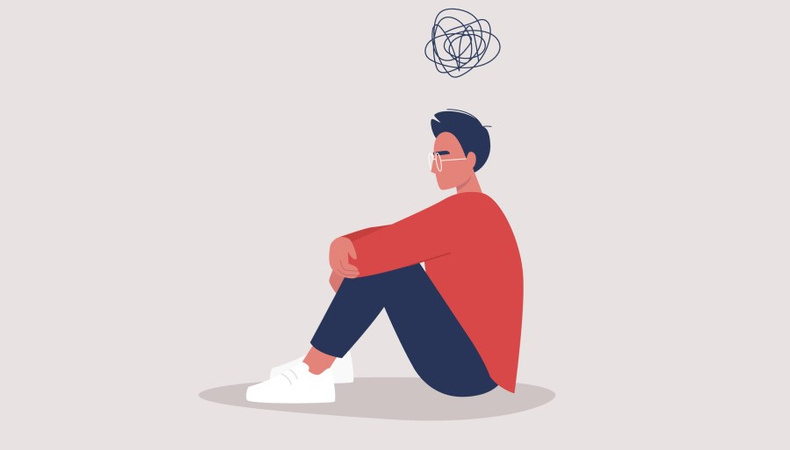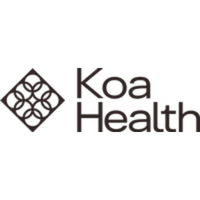Why your reward and benefits strategy might need a second look on World Mental Health Day

And sure, as an employer, you’re probably not able to solve problems of access on a global scale. You can, however, take action to remove many obstacles to getting care for your staff, wherever they may be located. Let’s start by taking a look at some of the main barriers to accessing mental health support and how your organisation can remove them.
The barriers to in-person mental health support
Accessing in-person mental health support remains impractical and inaccessible for many, in large part, due to factors beyond their control. For example, in the UK, figures obtained by Mind show there’s a shortage of both mental health providers and staff, even in the growing area of telehealth, leading to longer waiting times for people who need mental health support right now.
A lack of supply in the private sector pushing up prices for treatment, together with staff shortages in the NHS, also make the cost of mental health support prohibitive for many. That means employees aren’t receiving the care they need, and we can’t allow that to continue.
Of course for a large subset of people who need care, but don’t receive it, the problem is not one of supply and demand. It’s a cultural one. Sadly, there’s still a stigma around mental health that is preventing us from discussing it and getting the help we need.
Simply put, that has to be change if we’re to make any progress.
How digital support bridges the divide between underserved populations
There are plenty of reasons why digital mental health support can begin to bridge the divide between underserved populations.
The first reason is that it’s more accessible than face-to-face support. The lockdowns we’ve seen all over the world during Covid-19 have led to a more widespread acceptance of remote technologies, including online healthcare. People now realise that it’s possible – and in some cases, better – to access high-quality, personalised care from the comfort of your own home.
Digital support is also moving us towards a more self-directed model, one where individuals have more control, influence and interest in their own health. This is different to the traditional healthcare model and an example of how technology is changing the way we do things.
Additionally, being able to access care from the privacy of your home, can help remove some of the stigma for people.
Beyond the benefits of digital support being more discreet, it’s also available 24/7 on a tool most people carry everywhere with them (their smartphones). It doesn’t require a ride or a drive across town, or a set schedule that may or may not work depending on changing work and personal obligations. There’s no waiting list to pull out your phone from your pocket and open a mental wellbeing app. And apps (if designed with inclusive AI) are far more likely to treat users equitably.
Here are three ways to make your rewards and benefits more accessible:
1. Offer a mix of physical and digital benefits
Try to limit the proportion of rewards and benefits that only certain people can access, such as a gym membership, for instance, which may not be adapted for people with disabilities or health problems and is unlikely to be conveniently located to all employees. More flexible benefits, such as digital benefits, on the other hand, tend to be more accessible to a wider range of people.
2. Check on the accessibility of your digital benefits
But being digital or flexible doesn’t guarantee accessibility. You should also make sure that your benefits meet accessibility standards. The aim of standards like these is not necessarily to cater for individual groups, but rather to cater for everyone and exclude no one.
3. See if your staff are able to use them
You can easily find out if your rewards and benefits are accessible (and useful) by checking that your staff are willing and able to use them. This may mean you need to remind your staff regularly of what’s available and how they can access it. You can do this by regularly communicating about the rewards and benefits that are available. You’ll also want to make the most of staff surveys, questionnaires, or any analytics and data that vendors and service providers may be able to share with you to learn about how things are going with uptake and actual usage.
This World Mental Health Day, above all, I’d like for organisations everywhere to remember that mental health is health. Our minds are not secondary to our bodies, but rather part of the whole that cannot be neglected without lasting consequences. So why not make a point of checking up on and supporting mental wellbeing for everyone—not just for our coworkers, friends and families, but for ourselves. The more we make mental health part of the conversation, the easier it will become to identify problems of access, which is the first step in solving them.
The author is Dr Sophie Dix, VP of content at Koa Health.
This article is provided by Koa Health.
Supplied by REBA Associate Member, Koa Health
At Koa Health, we believe digital mental health solutions are the answer to mental health issues.







